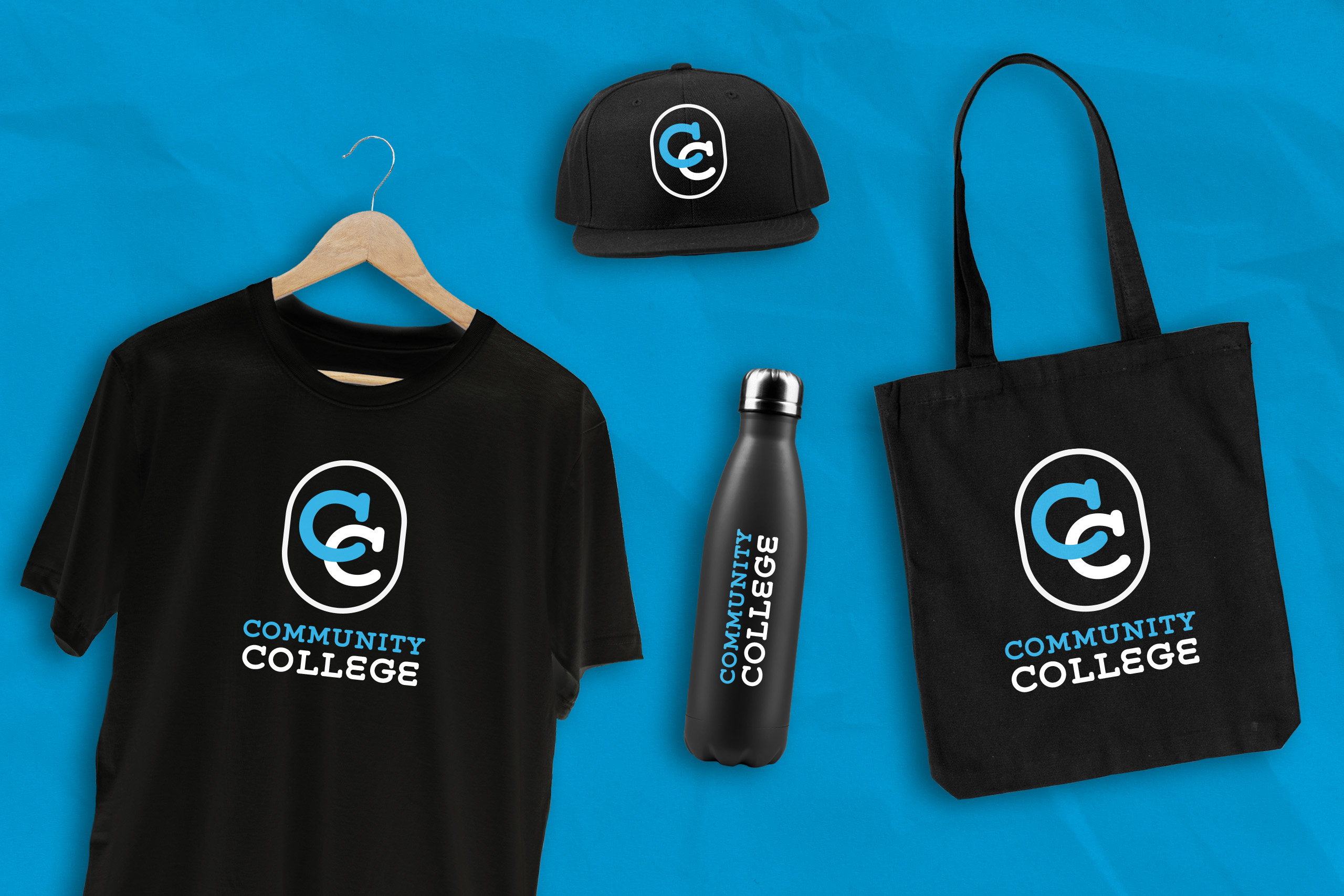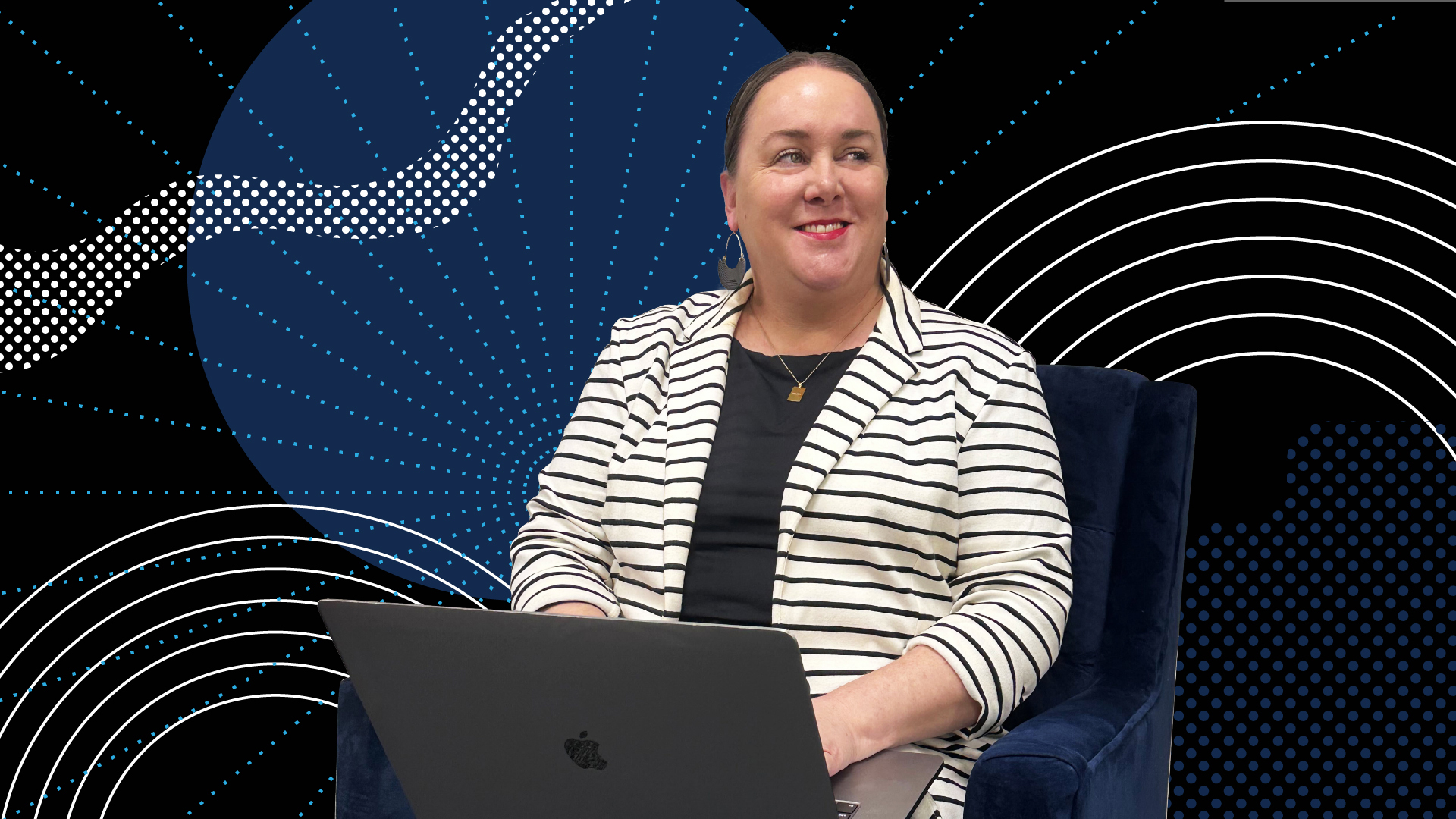At one time or another, all of our community college clients or partners have said to us, “Our problem is that folks don’t know about us, or they think we’re ‘Backup University.'”
It doesn’t shock me when I hear this because I grew up in a small city in the Central Valley with its own junior college, and I remember what kids and adults said about it when I was growing up: “That’s where people go when they can’t get into the good four-year universities,” or “If you’re not grown up enough, you start there.” And I suppose I never questioned their authority on the matter because I didn’t know any better. There weren’t ambassadors from the local junior college showing up at places I’d frequent, let alone a college or career fair. Meanwhile, I’d see more well-known state schools sponsor concerts, church events, local exhibits, farmers markets, and more.
The Hidden Story… For Now.
Fast forward to the last few years of working side-by-side with some of the largest community colleges in California, and I see that the same problem I identified as a teenager is still prevalent – community colleges have a perception of being “less-than” other forms of higher education. But the data-confirmed reality is that this is simply untrue. Take, for example, these facts:
- The degrees offered at community colleges are easily transferable to four year universities, making it an inexpensive alternative to going straight to a university while still earning the same degree as those who do.
- Community college teachers are often the same faculty that teach down the road at state or private schools, often using similar curriculum or methodologies.
- Community colleges are less expensive, sometimes altogether free, and offer support programs to assist students with life priorities like childcare, food pantries, transportation, and more.
- Community colleges are responsive to the communities they serve – they provide credentials to solve local workforce gaps and often have connections to industry employers so students and graduates can find gainful employment after finishing their degrees. They are the economic engines of their local communities and neighborhoods.
If all of this research tells us that community colleges are perfectly acceptable, and even desirable modes of receiving an education and landing a well-paying career while staying out of debt, why is the “less than” reputation so sticky?
If I think back to the perceptions I accepted about community colleges when I was a teenager and consider them again through the lens of a marketing expert, a significant insight jumps out: these perceptions are built early and are reinforced over time based on repeated exposure – or lack of exposure – to a college.
Think about it.
Your friend wanted to go to the University of XYZ because their dad was a massive fan of their athletics and sported their ballcap everywhere. You considered XYZ State because they had an incredible booth at the local farmers market, and your mom stopped to chit-chat near them every Saturday. You researched scholarships at your nearest state school because their posters were at the high school football games. The colleges you were interested in were also interested in being close to you.
In reviewing campaign objectives for many of the colleges we’ve worked with, it’s noteworthy that nearly every community college listed “increase positive perception” or “improve brand perception” as a critical goal for their project. Couple that with recent research by the University of Arkansas that shows community colleges have a lingering negative perception because of a lack of engagement in their community, and it’s easy to identify an incredible opportunity.
Community colleges that show up in their communities and even “grow up” with the students they hope to attract in the future have the chance to start shaping and solidifying their reputations early.
What does it look like to show up in your community? It can mean providing the after-church luncheon where families gather to discuss the sermon and the week’s upcoming activities. Or sponsoring your local sports teams’ playoff game and talking to every fan in the stadium when they’re most prideful of their community. As a part of showing up, community colleges build trust with prospective students that is often earned in the little life moments – the billboard en route to prom, the free baseball cap at the supermarket, the commercial before the movie at the local cinema.
You may be asking, “So, where do I start?” That’s the wrong question. You should be asking, “When do I start?” And the answer is, sooner than you think.
Start talking to your audiences during their most meaningful yet simple moments, like during youth sports games and at family park events. Create an outreach strategy that focuses on being in front of elementary and middle school students and their parents so your institution is top of mind when they’re ready to explore career interests. When you’ve been present and consistent throughout a prospective student’s life, you negate the need to race to change perceptions when it’s time for them to start considering college opportunities.
And if you need support in identifying those opportunities in your community, or what that K-8 strategy might look like, we’re here for you.




